 ACTION COMICS
ACTION COMICS
Action Comics is one of the most significant titles in comic book history, as it is considered the birthplace of the superhero genre based upon the debut of Superman in its first issue (cover dated June 1938). The series began as an anthology title featuring several heroic characters, such as Marco Polo, adventurer Tex Thompson, cowboy Chuck Dawson, reporter Scoop Scanlon, prizefighter Pep Morgan, and magician Zatara. Included among these standard archetypal figures was Superman, the first superpowered crime fighter in popular culture. The character, created by Jerry Siegel (writer) and Joe Shuster (artist), was a brash, head-bashing hero who intimidated his foes as he took the law into his own hands. Within months, sales of Action Comics were skyrocketing as readers clamored at newsstands for the comic with Superman in it! (Laclotte 3). The Man of Steels debut established a new genre of costumed superheroes as numerous publishers created their own characters to capitalize on the Kryptonians success.
In the late 1930s, the comic book industry was struggling to survive. Major Malcolm Wheeler- Nicholson, the founder of DC/National Comics, launched his company with New Fun #1 (1935), the first comic book to contain all-original material and advertisements. He soon added another title, New Comics (later Adventure Comics) in late 1935. Wheeler-Nicholsons third and final title was Detective Comics, which premiered with a March 1937 cover date. Persistent financial woes plagued Wheeler- Nicholson as newsstands were reluctant to stock magazines featuring untested material from an unknown publisher. He lost control of the company as his debts to printers, distributors, writers, and artists mounted. Businessmen Jack Liebowitz and Harry Donenfeld bought Wheeler-Nicholsons interest in Detective Comics; they also purchased More Fun Comics and New Adventure Comics. Liebowitz wanted to expand their roster with another title that he intended to call Action Comics; he soon began to search for new content to include within its pages.
Liebowitz contacted Maxwell C. Gaines of the McClure Syndicate, who suggested he might be interested in a character called Superman. Vin Sullivan, editor of Detective Comics and the proposed Action Comics, received Siegel and Shusters proposed newspaper strip and bought the character simply because it looked different. Sullivan requested that Siegel and Shuster cut and paste their Superman comic strip into a comic book format. He also made the bold move of allocating the cover to a character that had been rejected by several other comic companies and newspaper syndicates. For $130, Siegel and Shuster signed away all legal rights to their creation. DC Comics printed 200,000 copies of Action Comics #1, which featured the iconic image of Superman hoisting an automobile over his head, and waited to see if their new title would attract readers. Bob Overstreet and Ernie Gerber estimate that approximately 25 to 75 copies of the issue still survive (cited in Duin and Richardson 3).
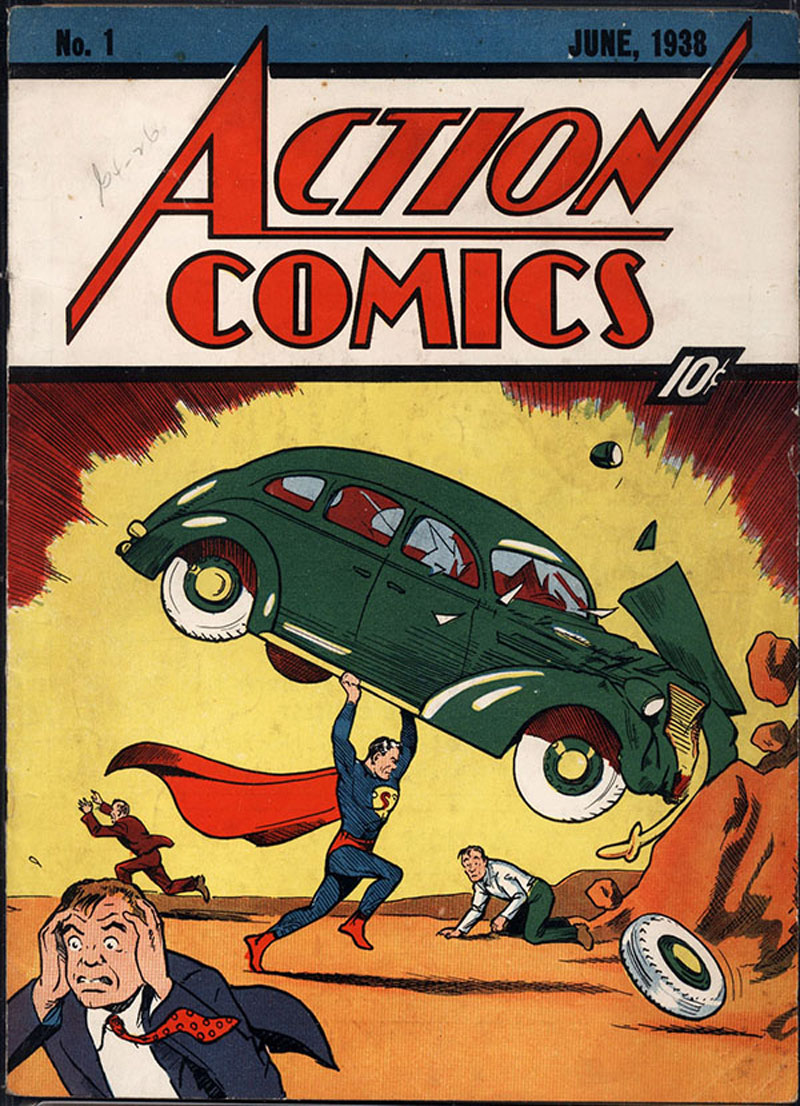
Historic cover of Action Comics #1, June 1938, featuring the first appearance of Superman. (AP Photo/Metropolis Collectibles)
The first Superman story included a short introduction that described the hero as being able to leap th of a mile, hurdle a twenty-story building, raise tremendous weights, [and] run faster than an express train. He was also so invincible that nothing less than a bursting shell could penetrate his skin. In his earliest adventures, Superman was a social crusader who fought for the everyman battered by the Great Depression. His first 13-page story features the hero confronting unjust imprisonment, spousal abuse, and corrupt government officials. Siegel and Shusters initial version of the character was a maverick who used simple solutions to solve complex problems. He was a tough guy with a wicked grin who was not afraid to use his fists or grab a villain by the ankle and dangle him over the city. Action Comics #1 also introduced readers to Clark Kent, the heros mild-mannered alter ego. Lois Lane was presented as a liberated reporter who came to adore Superman, but rejected Clark as a coward.
Editor Vin Sullivan never expected Superman to be such a great success with the public. In fact, the hero disappeared from the cover of Action Comics until issue #7. Subsequently, with each cover appearance, sales of the title continued to climb and by issue #19, Superman was given permanent residence on the covers of Action. The title also introduced many enduring elements of the Superman mythos over the years. Supermans pal Jimmy Olsen made his debut in issue #6, although he is only identified as an inquisitive office-boy who wears a bow tie. The Daily Star, the metropolitan newspaper where Clark Kent began his career, was renamed The Daily Planet in issue #23. Archvillain Lex Luthor was also first seen in issue #23 (1940), with a full head of red hair. He was joined by other recurring adversaries, such as Ultra-Humanite (issue #13; 1939), Prankster (issue #51; 1942), Toyman (issue #64; 1943), the evil android Brainiac (issue #242; 1958), and Metallo, the killer cyborg (issue #252; 1959). More importantly, Action Comics #252 introduced readers to Supergirl, the Man of Steels Kryptonian cousin. Artists who made important contributions to the evolving style of Action Comics included Wayne Boring, Al Plastino, Win Mortimer, Jack Burnley, and Curt Swan. When Siegel and Shuster parted with DC Comics after World War II, Mort Weisinger was given editorial control of both Action and Superman comics in the 1950s. His tenure with the character was marked by a variety of new concepts and supporting characters that were introduced to reinvigorate the stories.
Although Superman was the undisputed star of Action Comics, he shared the title with several prominent backup features over the years, including the Black Pirate, the Americommando, Congo Bill (a jungle hero), The Star-Spangled Kid, and Stripesy (a boy hero with an adult sidekick), and the Vigilante (a cowboy radio star and masked crime-fighter). The last significant backup feature was Tommy Tomorrow, a science fiction space hero from the 21st century. These features were very stable presences over the years and were only dropped from the title when its page count was reduced due to rising paper costs. DC Comics was reluctant to raise the cover price from 10 cents, so fewer stories were included in each issue.
See also:Action Comics (2, 3, 4); DC/National Allied Publications (1); Shuster, Joe (1); Siegel, Jerry (1); Superheroes (1); Superman (1).
Further Reading
Daniels, Les. Superman: The Complete History. San Francisco: Chronicle Books, 1998.
Duin, Steve, and Mike Richardson. Comics: Between the Panels. Milwaukie: Dark Horse, 1998.
Laclotte, Michel. Superman in Action Comics: Featuring the Complete Covers of the First 25 Years. New York: Abbeville Press, 1993.
Charles Coletta
 ADAPTATIONS FROM OTHER MEDIA
ADAPTATIONS FROM OTHER MEDIA
The first examples of adaptations into comics appear to have taken the form of unauthorized transpositions, with a vogue for homages and parodies of Sherlock Holmes in newspaper comic strips at the turn of the 20th century, at a time when intellectual property laws were still being implemented. Official adaptations, for their part, began with transpositions from cinema, which had developed alongside the comics and at roughly the same time in the United States. While both media spawned popular series and abundant merchandising, authorized transpositions into comics appear to have started only at the time of World War I, when cinema became acceptable to a middle- and upper-class audience. Charlie Chaplin as the Tramp was the hero of

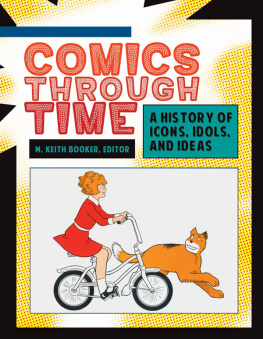


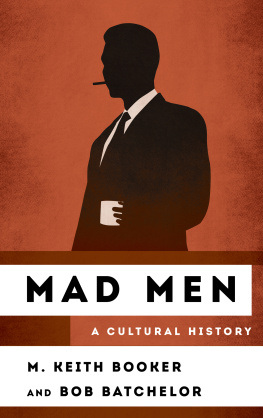
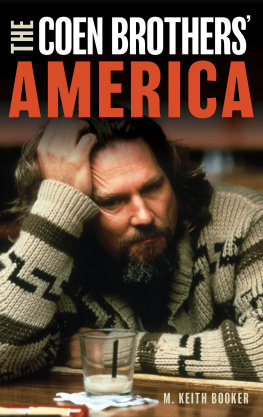




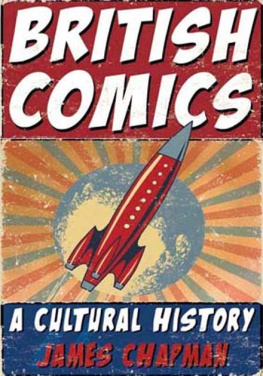

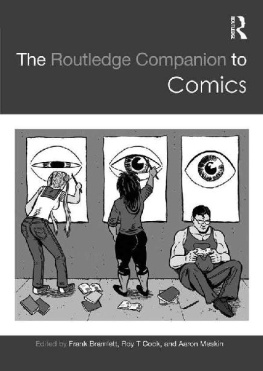


 ACTION COMICS
ACTION COMICS
 ADAPTATIONS FROM OTHER MEDIA
ADAPTATIONS FROM OTHER MEDIA